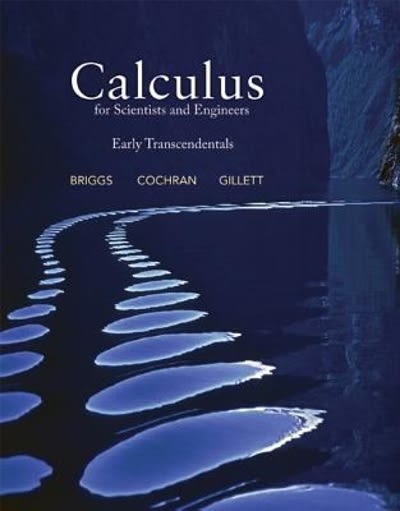Question
Problem Set 1 Researchers are interested in whether or not the presence of cheese at the end of a maze would decrease the time it
Problem Set 1
Researchers are interested in whether or not the presence of cheese at the end of a maze would decrease the time it takes mice to complete the maze. The researchers have 64 mice. There are three different experimental designs that the researchers are considering:
- Randomly assign the mice into two groups: the maze with the cheese, and the maze without the cheese. Compare the overall completion times between the two groups.
- Have each mice run the maze twice: once with the cheese and once without the cheese. Randomly assign the order in which the mice complete the mazes. Evaluate the difference in completion time for each mouse, and calculate an overall mean for this difference.
- Pair mice based on speed. Randomly assign one mouse from each pair to complete the maze with the cheese, and the other mouse to complete the maze without the cheese. Evaluate the difference in completion time for each pair of mice, and calculate an overall mean for this difference.
1.1What type of design is A? (one mean, one proportion, two means, two proportions, matched pairs, repeated measures, or regression)
1.2What type of design is B? (one mean, one proportion, two means, two proportions, matched pairs, repeated measures, or regression)
1.3What type of design is C? (one mean, one proportion, two means, two proportions, matched pairs, repeated measures, or regression)
1.4Which design would work best in this case?Explainin two sentences or less.
The researchers decide to use Method C:
Pair mice based on speed. Randomly assign one mouse from each pair to complete the maze with the cheese, and the other mouse to complete the maze without the cheese. Evaluate the difference in completion time for each pair of mice, and calculate an overall mean for this difference.
The mean difference of the 32 pairs between the maze without cheese and the maze with cheese was 12 seconds, with a standard deviation of 23 seconds. The distributions are not strongly skewed.
1.5What are the null and alternative hypotheses,in symbols?
1.6Calculate the 95% confidence interval using the 2SD method.Show your work.
1.7Interpret the meaning of the confidence interval in the context of the problem (Note: this isnotwhether you reject or fail to reject. What does the confidence interval mean?)
1.9State your conclusion in the context of the problem.
Step by Step Solution
There are 3 Steps involved in it
Step: 1

Get Instant Access to Expert-Tailored Solutions
See step-by-step solutions with expert insights and AI powered tools for academic success
Step: 2

Step: 3

Ace Your Homework with AI
Get the answers you need in no time with our AI-driven, step-by-step assistance
Get Started


